 Written by ContentPowered.com
Written by ContentPowered.com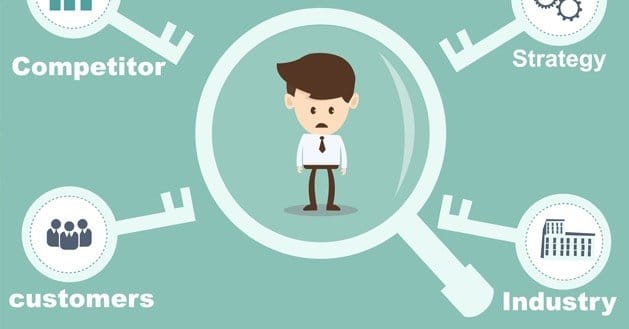
This is an interesting question. If you’re not sure why you might use such a feature, let me explain a scenario.
Let’s say you have one strong competitor. You’re roughly neck and neck with them in terms of audience, traffic, and revenue. You want to pull ahead in any way you can, and you’re investigating Facebook ads.
Now imagine you could show an advertisement specifically to the followers of your competitor. You could target them directly with the ad copy. “Bob’s Blue Widgets? Who Needs ‘Em? Shop at Rosie’s Red Widgets Today!”
The idea of being able to target customers of your competition is enticing. It’d be like if a mom and pop grocery store was able to set up shop in front of Wal-Mart, to show how much better their hand-crafted groceries were.
Thankfully, you can do exactly that. It’s one of the targeting options in Facebook, called Connections.
Using Connections
Connections targeting is a type of targeting in Facebook ads designed to allow you to target followers, or the followers of a different page. For example, you might set up an event page for a store event. By using your original page as targeting for ads for your event, you can target specifically the people who already follow you. This adds another avenue of messaging to the news feed to help reach more people.
Connections, however, is not limited to just your pages. You can put the name of any Page whatsoever in the connections section. You can even target the connections following a given person’s personal account, though it won’t do you much good unless that person is an influencer and has thousands or millions of fans.
There’s one caveat you should know; when you put in more than one business in the connections section, it’s like creating a Venn diagram. You will only target the people who are connected to both pages. For example, if you put in your page and your competitor’s page, your ad would only be displayed to the Bats of the world.
Ideally, you will only use the competitor connection for these sorts of ads. Adding additional connections makes your target audience too small to be useful. You can, however, add other targeting factors. For example, adding in age ranges, gender targeting and interest targeting helps you get specifically the people least likely to be loyal to your competitor’s brand.
Competitor targeting is also useful for when your competitor is much larger. Take the mom and pop vs. Wal-Mart example above. The mom and pop store wouldn’t necessarily want to target everyone who follows Wal-Mart; that audience is far too large. They would want to add in geographical targeting, to hit just those people who shop at their local Wal-Mart.
Quirks of Competitive Targeting
Here’s an interesting thought; who are you getting when you run ads targeting your competitors? Obviously, you’re only getting people who were engaged with their brand enough to like their page. On the other hand, the average page post only reaches 6-10% of the audience of a given page. Fewer bother to engage with posts.
Would you rather target the people who are engaging with your competitors, or would you rather not?
On one hand, you have the people who engage with your competition. These people are active on social media and like the brand, but that doesn’t mean their the most loyal people. They might just not be aware of any alternative. Plus, there’s such a thing as negative engagement; people who count as engaged simply because they leave negative feedback on the page’s posts. Those people might be great to have following your brand.
On the other hand, if those people are loyal, they’re not going to do anything but scoff at your ads. They’re loyal to your competitors, and you don’t have the leverage to dislodge them.
Getting your ads in front of the people who aren’t engaged, who aren’t loyal, might be a better option. Then again, those people might be just as disengaged and just as disloyal with you. You never know whether you’ll be able to impress them or not.
You can use tools to analyze the audience your competitors have, but you can’t really use that information in ads targeting. You can’t tell Facebook to target specifically the most engaged people or the least loyal people. You can do demographics, but those are likely to match your own demographics anyways.
Tailored Content
Don’t forget that when you’re trying to poach competitor fans, you need to make yourself look more attractive. You need to showcase the fact that you sell the same things your competitors do, but that you have a better dead. You have better support. You’re better in some way.
In order to do this, you need to carefully shift your content in such a way that it emphasizes your benefits over those of your competitors. It’s like paper towel commercials, showing the generic brand barely able to clean up a spill, while your brand mops it up with a gold star on top.
This is easier if you’re not going specifically for page likes. The page likes objective sends users to your page, where they’re given the chance to like you and follow your updates. This is fine, but it doesn’t give you the tailored presence you need. Instead, you should go for website clicks or conversions. Send users to your website on a landing page that further emphasizes the difference between you and your competitors.
From there, it’s just a matter of conversion optimization and incentives to convert. Let them do the work for you, and you can poach fans with impunity. Just don’t be too obvious about it, lest your competitors pull the same thing on you.
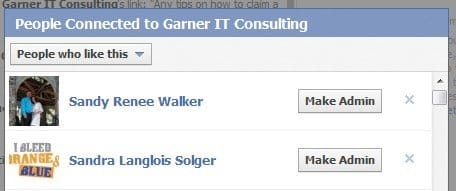
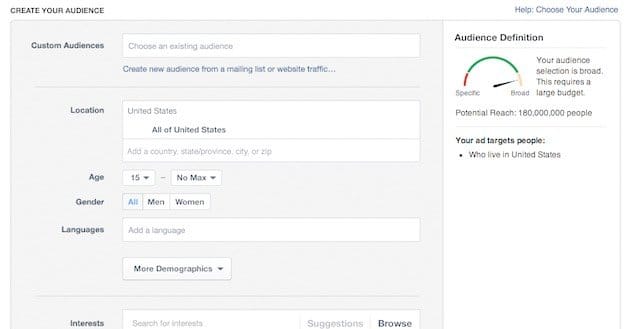

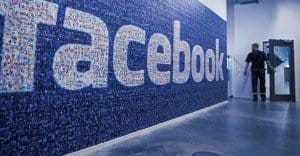
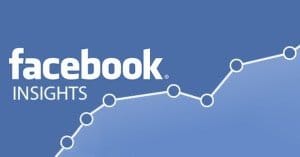
This doesn’t work anymore… any new way to do it?